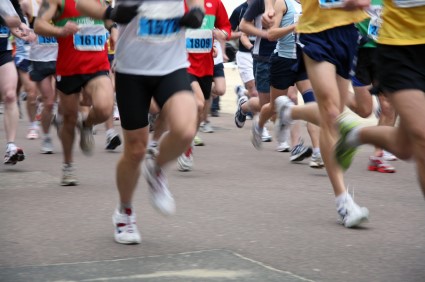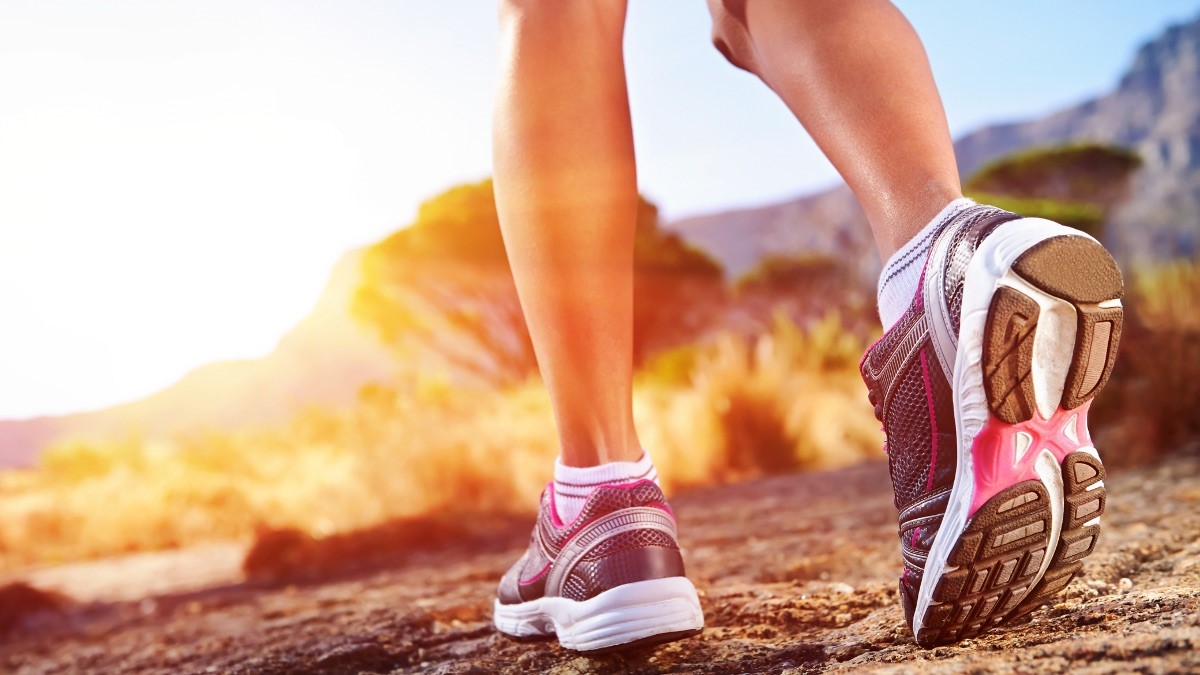Are you running the London Marathon this year? If so, you’re probably just finished your first month of the 16 week training plan. Only 12 to go!
We wish you good luck with your training and here are some top tips to help prevent injury in the lead up to 26th April.
Kind regards,


There are so many websites out there that will have a training plan that will cater to your level of fitness. Find the right one for you.
As Osteopaths, we tend to see patients during the latter part of their training when the mileage is really beginning to ramp up. Impact problems and repetitive strains are best addressed as soon as they occur.
Ideally, we would like to see you earlier in the training schedule before the shin splints, knee, hip, ankle or foot problems begin.
We would like to help you by supporting your musculoskeletal structure during training so please do contact us if you want further information. We will provide treatment, stretch advice and a pro-active approach to your training.

Seemingly obvious, but it can be very hard to find the right trainers. We recommend getting professional advice and when trying them on do some walking and running on a treadmill. There are various shops locally that are really helpful.
Try on a mixture of different brands, some will not be right for you if you have a history of low back disc problems or if you have a high instep.
Your Osteopath will be able to recommend some brands that might be more appropriate for you personally once they have assessed you.
When running frequently, it is common to get muscle aches and the odd joint pain. There is a big difference from the ache of a good workout and the pain of an injury.
You need to learn to listen to your body. Some days the training will be easy and some days it will be hard. Should the pain ever become sharp, frequent or hurt with each step, then stop. Take a breather for 5 minutes, do some stretches and then re-start your run. If it is still hurting, then stop and get treatment. Too often we see patients who have injured themselves during a run and then have continued for miles afterward. This can damage the tissues further and may affect recovery time.
Ultimately, you need to gauge your level of discomfort. With time, you will learn what is safe to push through in order to achieve the race finish line.

Being slow just means setting a pace that is comfortable. Running at a comfortable pace allows for good oxygen uptake and means you use your muscles fibres aerobically. This in turn means that you are less likely to get injured.
Slower running makes it easier for your tendons, ligaments and joints to adapt – again reducing the risk of injury.
For Further Information please call our Osteopaths today and we can help you stay fit and full of well-being. 02089776396

Please do not hesitate to get in touch with us for any reason, we are here to help and welcome any feedback. Click here for more information.